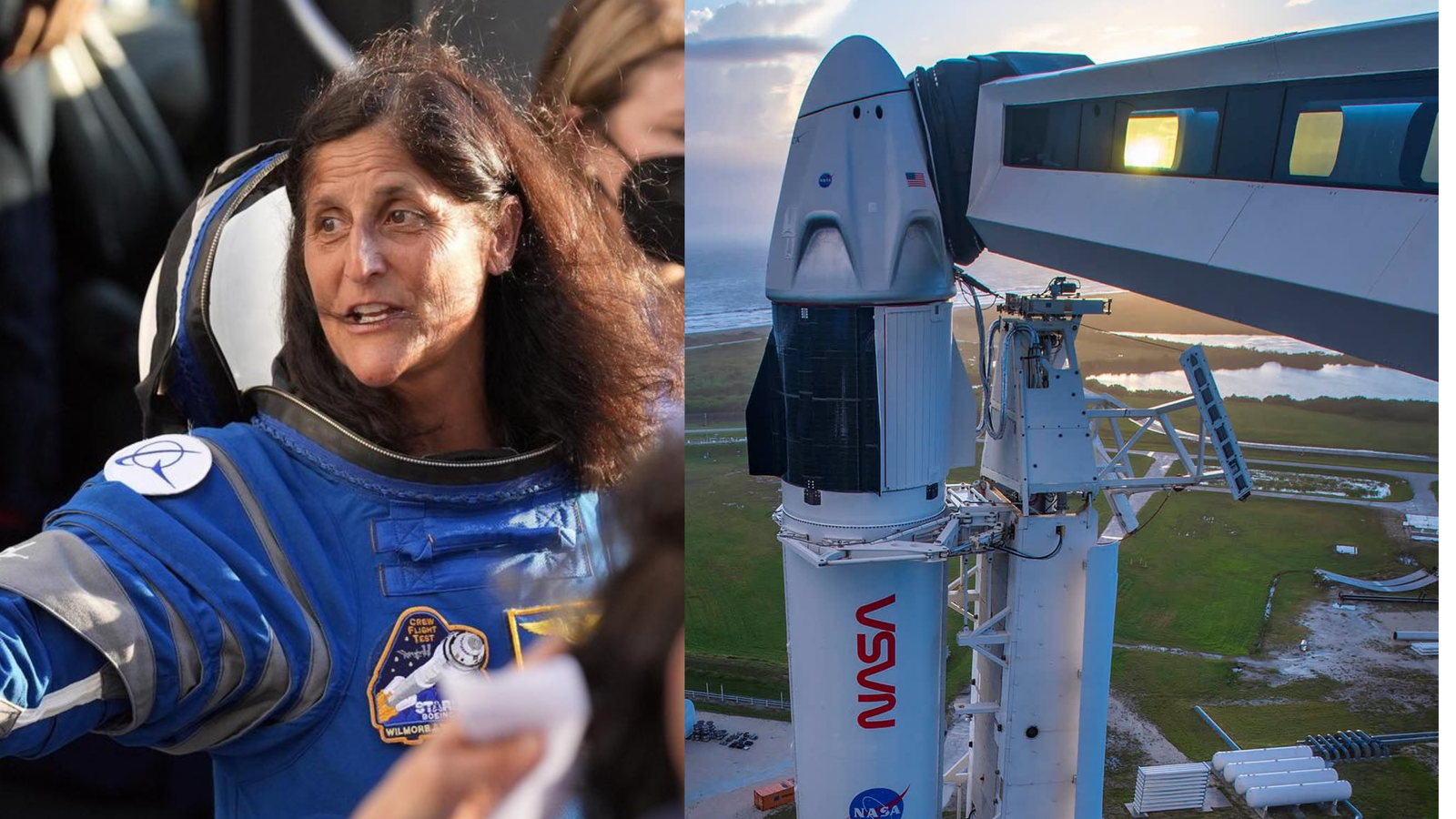Billions in Damage as Hurricane Milton Ravages Florida, Leaving Millions Without Power and Homes in Ruins
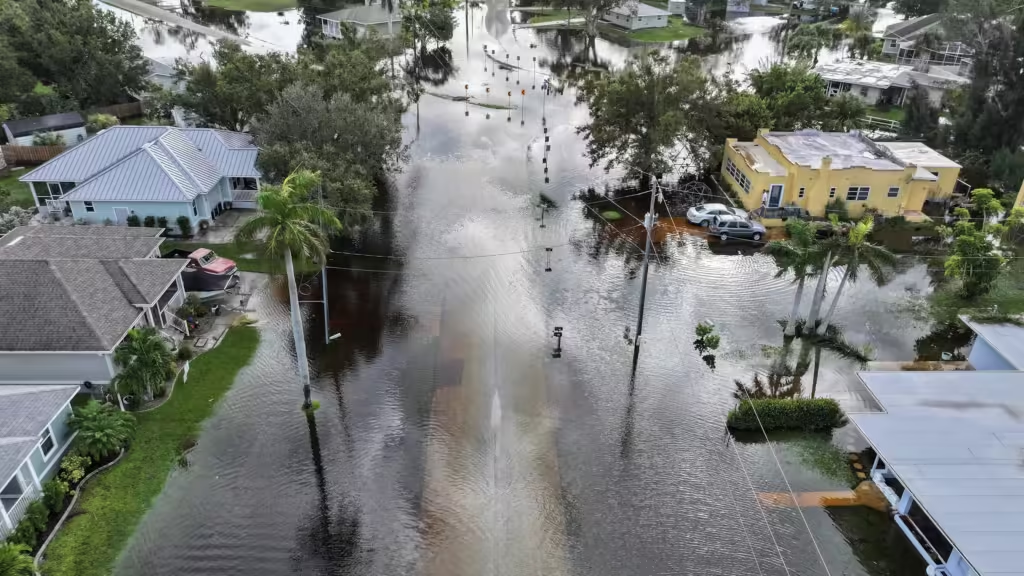
Hurricane Milton hit Florida as a Category 3 storm, leaving behind a trail of destruction that claimed 18 lives and caused damage worth billions. Despite being downgraded from its earlier Category 5 status, the storm’s impact was devastating. Governor Ron DeSantis noted that the state dodged a “worst-case scenario,” but the path to recovery will be long and arduous.
Explosive Intensification
Milton’s rapid intensification is alarming. In just four days, it grew from a tropical storm with winds of 60 mph (97 km/h) to a formidable hurricane with winds of 180 mph (290 km/h). This swift escalation is attributed to rising ocean temperatures, a consequence of climate change. Susan Glickman from the CLEO Institute highlighted that modern hurricanes, fueled by warmer waters, are becoming more extreme and unpredictable, giving residents less time to prepare and evacuate.
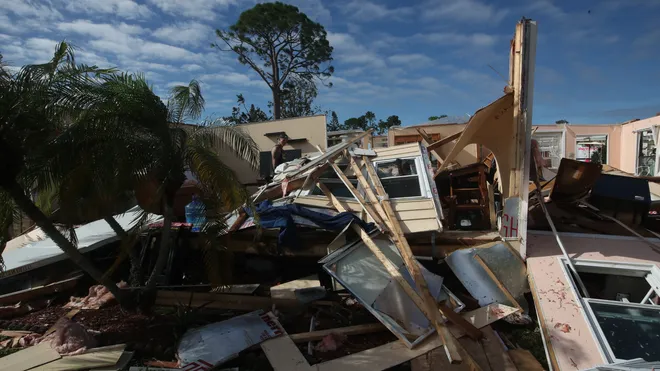
Tornado Outbreak and Storm Surge
Milton also triggered a rare tornado outbreak, producing over 35 tornadoes across Florida. One such tornado in Fort Pierce caused five deaths at a retirement home. The National Hurricane Center’s Michael Brennan pointed out the unusual strength and longevity of the tornadoes linked to Milton, exacerbating the storm’s destruction.
Although initial forecasts predicted a catastrophic storm surge in the Tampa Bay area, wind shearing over the Gulf of Mexico reduced the surge to 15 feet (4.5 meters). Nonetheless, parts of Florida’s west coast, including Siesta Key and Ft. Myers Beach, suffered severe flooding.
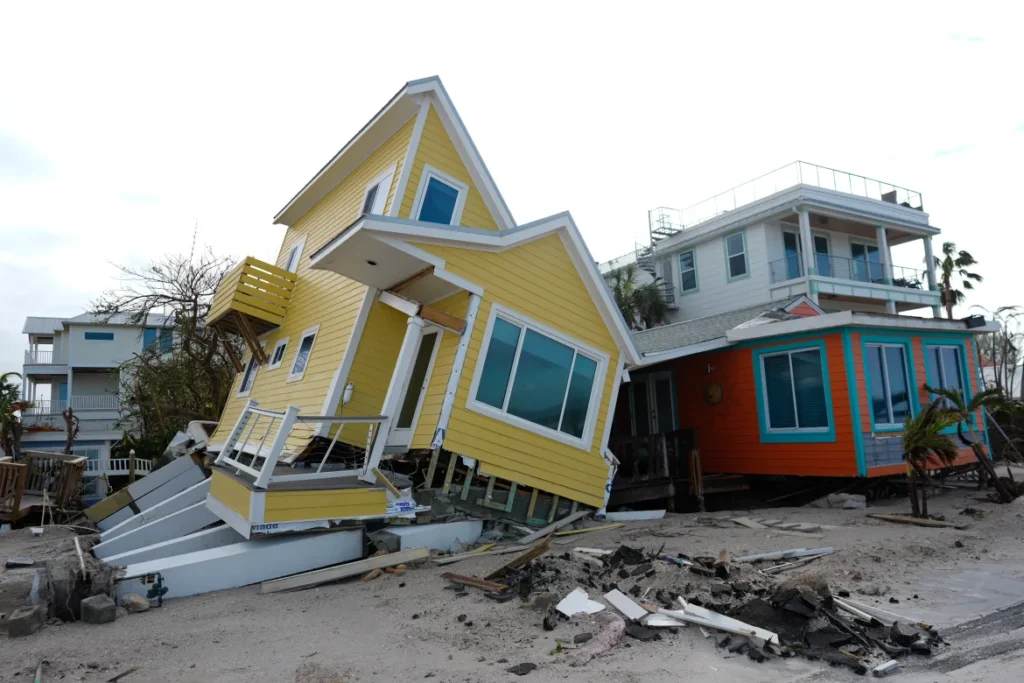
Damage Assessment
Milton left more than three million people without power and inflicted significant damage. According to Fitch Ratings, the total damage estimate is projected to reach up to $50 billion. Cities on barrier islands, like St. Pete Beach, saw most homes rendered uninhabitable and faced the need for major infrastructure repairs. President Joe Biden acknowledged the severe damage and emphasized the necessity for improvements to the U.S. energy grid and infrastructure to better withstand such storms. Over 6,500 National Guard soldiers have been deployed for search and rescue operations, with recovery efforts expected to span months.
Climate Change’s Role
Experts concur that climate change significantly contributed to Hurricane Milton’s intensity. Warmer ocean temperatures, especially in the Gulf of Mexico, provided extra fuel for the storm, making it stronger and wetter than many previous hurricanes. A study by the World Weather Attribution group suggests that human-caused climate change increased Milton’s rainfall by 20-30% and intensified its winds by 10%. Jennifer Francis from the Woodwell Climate Research Center explained that record-breaking ocean temperatures amplified the storm’s power, resulting in 18 inches (457mm) of rainfall in some areas, submerging vehicles and causing widespread flooding.
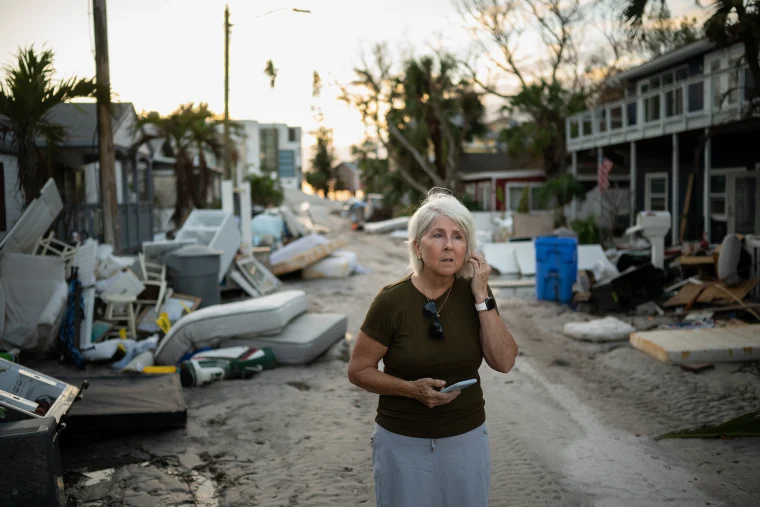
Battling Disinformation
In addition to the physical recovery, emergency workers are also tackling a surge of misinformation online. False claims, including conspiracy theories that the hurricane was geo-engineered or specifically targeted Republican areas, have spread on social media. AI-generated images of fake hurricane damage, including fabricated scenes from Disney World, have only added to the confusion.
Former President Donald Trump further fueled controversy by falsely claiming that FEMA redirected hurricane relief funds to support undocumented immigrants. Experts warn that such misinformation complicates relief efforts and undermines public trust in disaster response.
Despite these challenges, rescue teams are working tirelessly to restore power, clear debris, and locate missing individuals. The full extent of Hurricane Milton’s impact will take time to assess, but the storm has once again underscored the increasing danger of extreme weather events driven by climate change. Moving forward, it is crucial to enhance preparedness and infrastructure resilience to mitigate the effects of such natural disasters.



